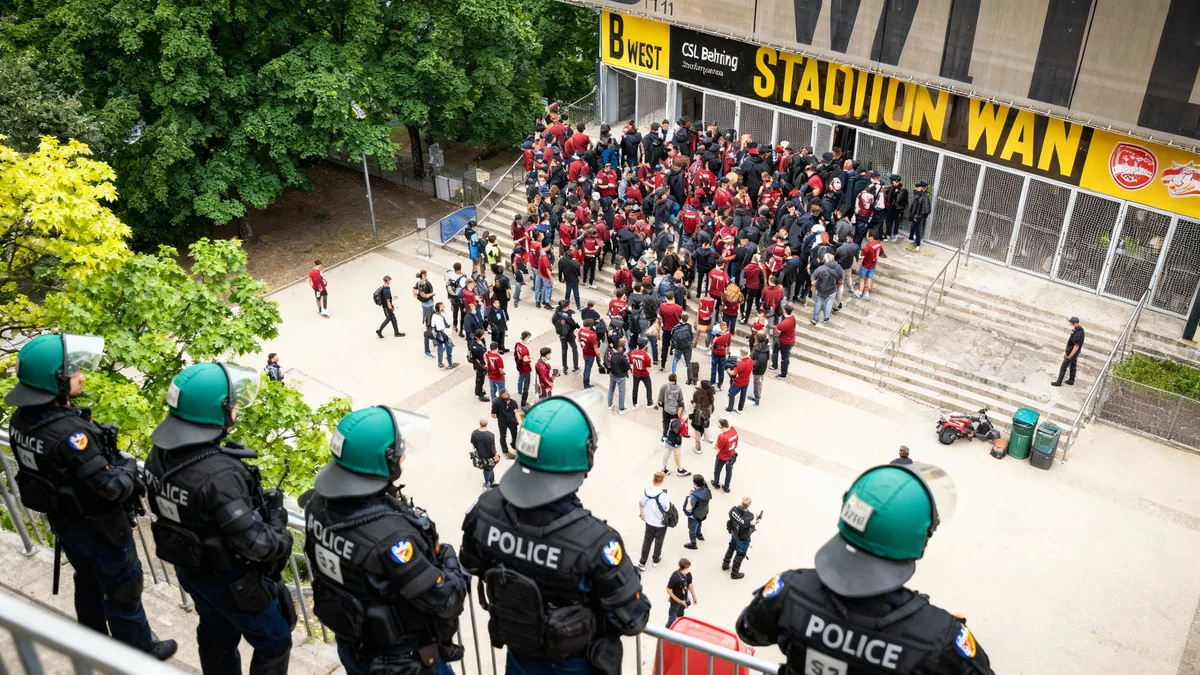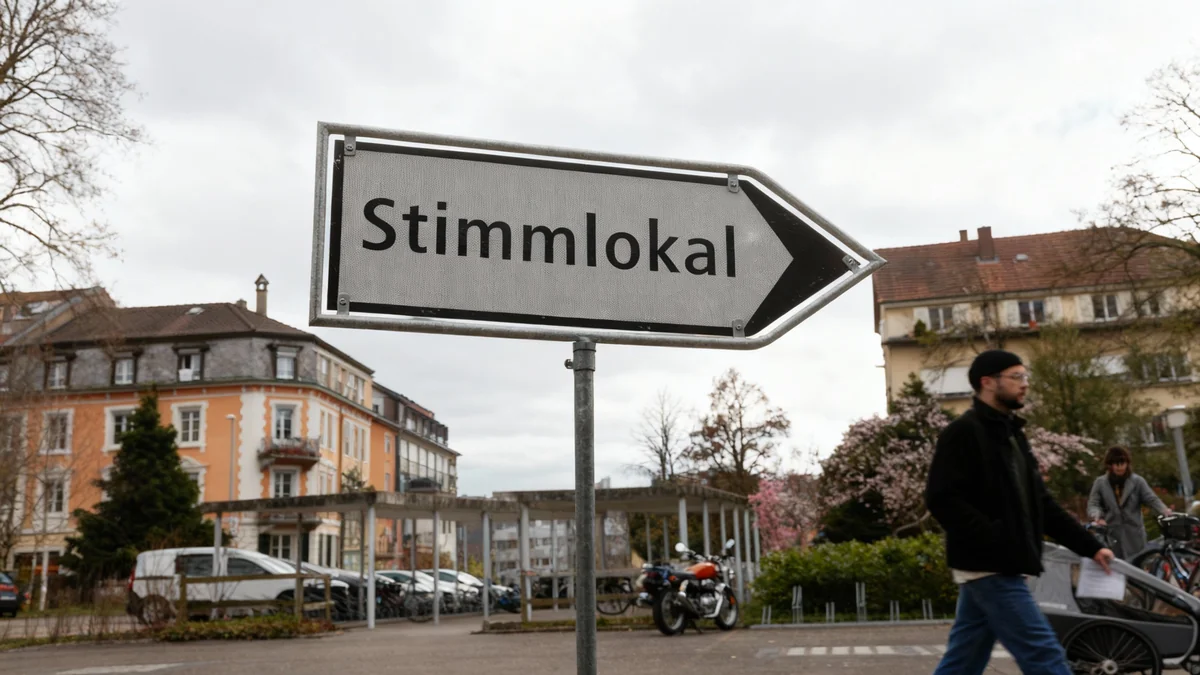The City of Bern will continue its agreement with local sports clubs, Young Boys (YB) and SC Bern (SCB), regarding shared security costs for home games. This arrangement, which sees clubs contribute to police expenses, is set to extend until the end of the 2029/30 season.
The Bern City Council has approved the continuation of this model without any changes to its core terms. This decision ensures a consistent approach to managing the financial burden of large-scale sporting events in the city.
Key Takeaways
- Bern extends security cost agreement with YB and SCB until 2030.
- Clubs pay 1.50 francs per spectator towards police costs.
- YB contributed 2 million francs over three seasons.
- SCB did not contribute due to lower security costs.
- The model aims to ensure club responsibility for security.
Cost-Sharing Model Explained
The established model requires participating clubs to pay a flat fee of 1.50 francs per spectator present at their home games. This contribution goes towards covering the police costs associated with ensuring public safety during these events.
However, the agreement includes a crucial provision: a cost ceiling. This cap limits the total financial contribution a club must make, providing a degree of predictability and protection against exceptionally high security expenses.
The Bern City Council stated that this model effectively redistributes security costs and ensures clubs take responsibility for safety at their events. They consider the current system to be a proven success.
Security Costs in Numbers
- SC Bern (SCB): 94 home games over the past three seasons.
- Total SCB security costs: Approximately 930,000 francs.
- YB: 82 home games at Wankdorf Stadium during the same period.
- Total YB security costs: Around 6.9 million francs.
Financial Contributions from Bern's Top Clubs
Over the last three seasons, the financial impact of this agreement has varied significantly between the two major clubs. SC Bern, the city's ice hockey team, played 94 home games. The total security costs for these matches amounted to approximately 930,000 francs.
Because these costs remained below the threshold for basic police services, SCB was not required to make a direct contribution under the current model. This highlights how the system accounts for different levels of security demands across various sports.
In contrast, the Young Boys football club (YB) hosted 82 home games at Wankdorf Stadium during the same three-year period. These matches generated significantly higher security expenses, totaling around 6.9 million francs.
YB contributed 2 million francs towards these costs. The club benefited from the established cost ceiling, which limited its overall financial obligation despite the substantial total expenses incurred.
"The agreement ensures that clubs meet their responsibility for security, while the cost ceiling provides financial predictability."
Looking Ahead: Agreement Extension Until 2030
The existing agreement was set to expire at the end of the current season. The Bern City Council has now forwarded the proposal for its extension to the City Parliament for final approval. This extension will secure the framework for security cost-sharing for another six seasons.
Both YB and SCB have been participating in this cost-sharing model since 2009. The long-standing nature of the agreement underscores its perceived effectiveness and fairness in managing the financial aspects of public safety during major sporting events.
Background on Security Protocols
Major sporting events often require significant police presence to manage crowds, prevent disturbances, and ensure the safety of spectators and residents. These deployments involve considerable resources, including personnel, equipment, and planning.
Agreements like Bern's cost-sharing model aim to ensure that event organizers, who benefit commercially from these events, also contribute to the associated public safety expenses. This reduces the sole burden on taxpayers.
Impact on Clubs and City
For the clubs, the continued agreement provides clarity on their financial obligations for security. The cost ceiling offers a degree of protection, allowing them to budget more effectively for upcoming seasons without facing unpredictable surges in security expenses.
For the City of Bern, the model ensures that the substantial costs of policing large sporting events are shared, rather than being fully absorbed by municipal budgets. This collaboration between the city and its prominent sports organizations is vital for maintaining both public safety and financial sustainability.
The ongoing dialogue and agreement between the city council and the clubs demonstrate a commitment to a collaborative approach in managing the logistical and financial challenges posed by popular sporting events.




